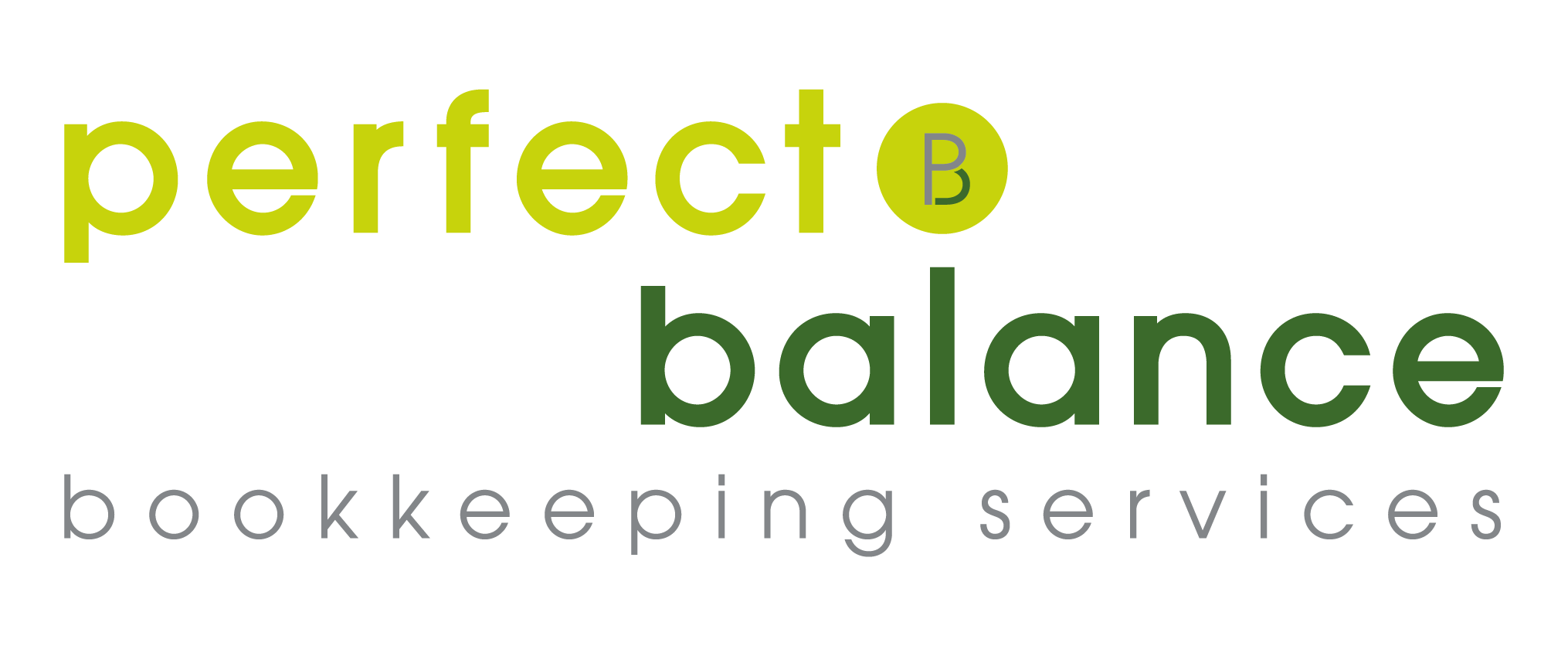A Step-by-Step Guide to Setting Up a Limited Company
Are you ready to take your business to the next level?
Setting up a limited company can provide numerous benefits, including limited liability protection and potential tax advantages.
If you are considering this route, here is a comprehensive guide to help you navigate the process seamlessly.
In this guide we will cover:
- What to consider when setting up a limited company
- Choosing your Companies name
- Your Companies structure
- Preparing documents agreeing how you will run your company
- The records you will need to keep
- How to register your company with Companies House
- How to create a HMRC Government Gateway for your Limited Company

Step 1: What to consider when setting up a limited company
Before setting up or transitioning your business to a limited company structure, there are several things to consider:
- Firstly, evaluate the legal and financial implications including the liability protecting and tax obligations.
- Secondly, assess the level of administrative responsibilities involved, like maintaining company records, filing accounts and the cost of filing limited company accounts compared to being a sole trader.
- Seek professional advice to ensure compliance, legal and regularity requirements.


Step 2: Choose Your Company Name
Selecting the right name for your limited company is crucial. Ensure it is unique, memorable, and reflects your brand identity. If you are wanting to keep your ‘trading name,’ it may be just a case of adding ‘limited’ or ‘ltd on the end of it but check the availability of your chosen name to avoid conflicts with existing businesses.
- You want to avoid naming your business similar to your competitors
- You do not have to use ‘limited’ in your name if your company is a registered charity or limited by guarantee
- Make sure the name is not an existing trademark
- Make sure that it does not contain words associated with the government, unless consent has been granted
A full list of rules and regulations can be found by clicking the link below:
Step 3: Your Company’s Structure
Determine the structure of your company, including the number of directors and shareholders.
Directors are responsible for managing the company’s affairs, while shareholders own shares in the company and are entitled to dividends.
You will need to decide on the allocation of shares and the responsibilities of each director.
A limited company must have at least one shareholder, who can also be a director. There is no maximum number of shareholders and the price of an individual share can be any value.

Good to Know:
Shareholders will need to pay for their shares in full if the company has to shut down.
Depending on the amount of shares the shareholders hold, depends on the amount of dividends they are entitled too. For example if you own three quarters of the company’s share, you will receive 75% of the dividends.
Dividend is a portion of the company’s NET profit which is shared to its shareholders.

Step 4: Prepare Your Company Documents
Draft essential documents such as the Memorandum and Articles of Association, which outline the rules governing your company’s operations and management. These documents are vital for legal compliance and protecting your interests.
Memorandum of association
If you register your company online, you do not need to write your own memorandum of association. It will be created automatically as part of your registration. You cannot update the memorandum once the company has been registered.
If you register by post, use the memorandum of association template:
Articles of association
You can either:
-
Write your own and upload or send them when you register your company
-
Use standard articles which can be found by clicking the button below:
Step 5: What company records to keep
You must keep a record of the company itself.
The information kept should include:
-
directors, shareholders and company secretaries
-
the results of any shareholder votes and resolutions including shareholder meeting minutes
-
promises for the company to repay loans at a specific date in the future (‘debentures’) and who they must be paid back to
-
promises the company makes for payments if something goes wrong and it is the company’s fault (‘indemnities’)
-
transactions when someone buys shares in the company
-
loans or mortgages secured against the company’s assets

You will also need to keep all financial and accounting records.
If you are not already using an accounting software, it is the ideal time to consider doing so. The software will help with Tax compliance. It will help track income and expenses, calculate taxes owed, generate accurate reports for tax filing helping you stay compliant. Everything is kept in the cloud and is easily accessible should you ever have a ‘Check.’
HMRC can request a Tax Compliance check at any time. They can check for:
- Any Taxes already paid
- Accounts and Tax calculations
- Your Self-Assessment Tax Return
- Your Company Tax Return
- PAYE records and returns (if you employ people)

Step 6: Register your company
You will need to register your company with Companies house.
You will need to register an official address and choose a SIC code (this identifies what your company does)
You will need at least three pieces of personal information about yourself and your shareholders or guarantors, for example:
- town of birth
- mother’s maiden name
- father’s first name
- telephone number
- national insurance number
- passport number
When you register a company, you need to provide information about the shares known as ‘statement of capital’
- the number of shares of each type the company has and their total value – known as the company’s ‘share capital’
- the names and addresses of all shareholders – known as ‘subscribers’ or ‘members’
You will be able to register for Corporation Tax and PAYE during this process. If for some reason you cannot, you are able to register separately with HM Revenue and Customs (HMRC) after you have registered your company with Companies House.
It costs £12 and can be paid by debit/credit card. Your company is usually registered within 24 hours.
Once processed, you will receive a ‘certificate of incorporation.’ This confirms the company legally exists and shows the company number and date of incorporation.
Links that may be useful:
Step 7: How to create a HMRC Government Gateway for your Limited Company
A government gateway is an online login into HMRC’s portal. You will need to set up a government gateway for your Limited Company so you have access to your different taxes. This is usually done whilst setting your Company up but if someone else, i.e. a bookkeeper or accountant, has done this for you it can also be done separately.
To create your business government gateway account, click on the link below:

-
This will take you to the sign in page, click on the ‘Create sign in details’.
-
Enter the email address you would like to use.
-
A security code will be sent to the registered email chosen. You will need to enter this code and confirm the email address.
-
Enter your full name, create a password and set a recovery word for the account.
Once registered you will be able to register for Corporation Tax, PAYE (if you have employees) and VAT (if you are VAT registered).
You are then able to ‘add the services’ to your business government gateway so when you log in you will be able to see an overview of any submissions, amounts to pay and previous payment history.
You will need to have your companies UTR number (10 digit Unique Taxpayer Reference) also known as corporation tax reference number. When your company registered with Companies House, you should have also been able to register for Corporation Tax. HMRC would have assigned a corporation Tax reference number and this should be included in the original incorporation documents.
This may seem very long winded and time consuming but once the accounts have been linked it will pay in the long run to have everything in one place and will help to prevent any nasty tax surprises in the future.
Conclusion
Setting up a limited company can be a rewarding endeavour that offers numerous benefits. By following these steps and seeking professional guidance when needed, you can
establish your company on a solid foundation and position it for success in the future.
Take the leap today and embark on your journey to entrepreneurial success!


